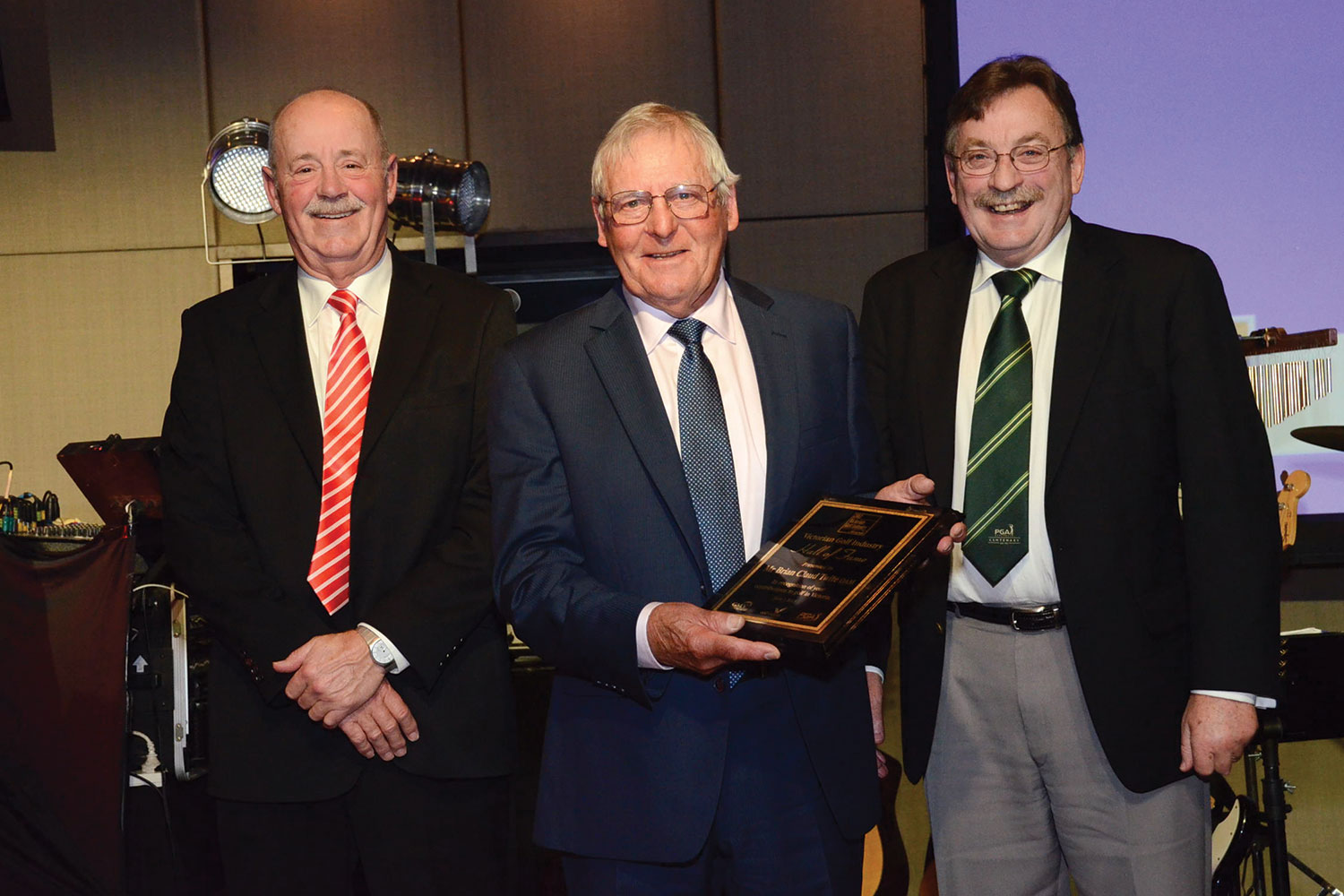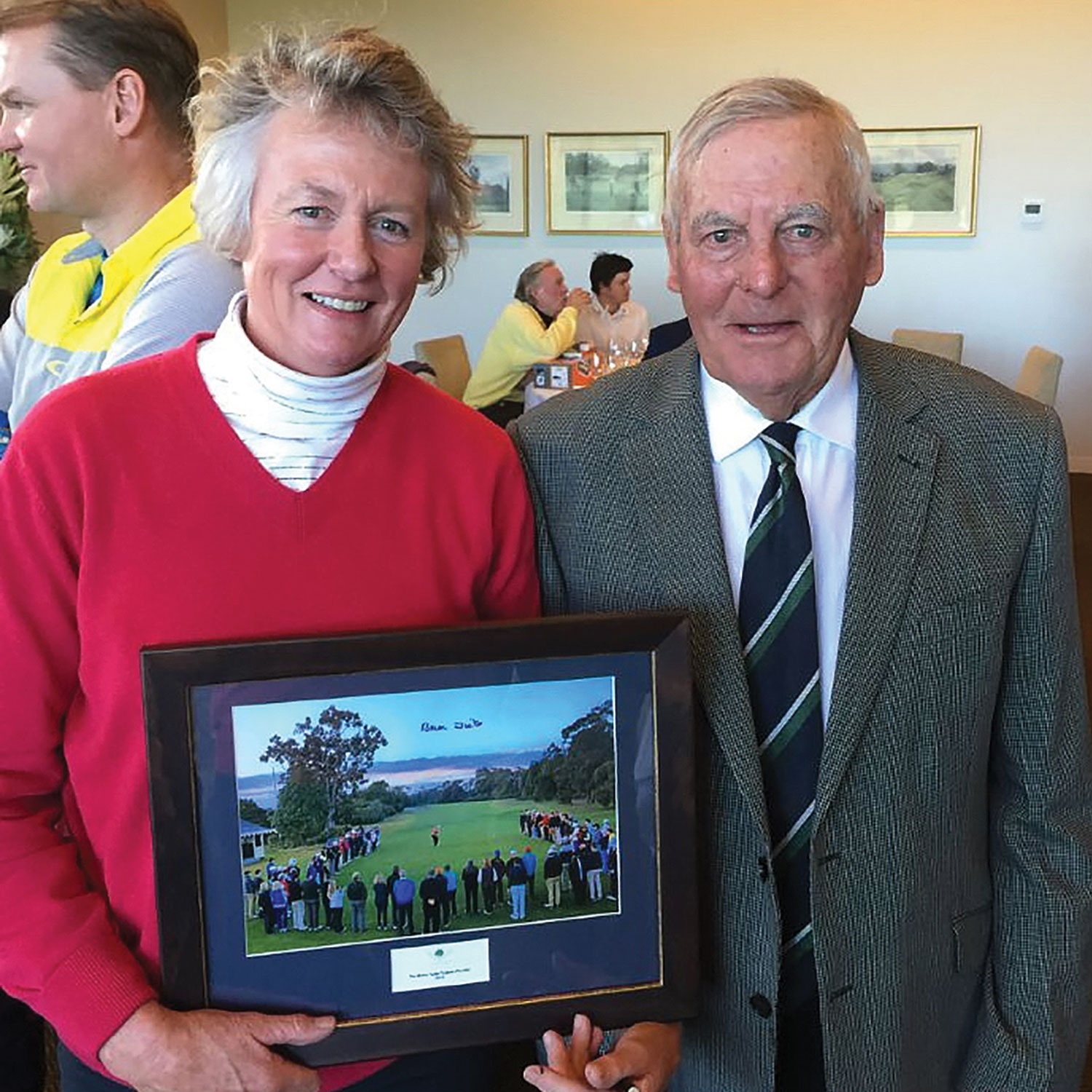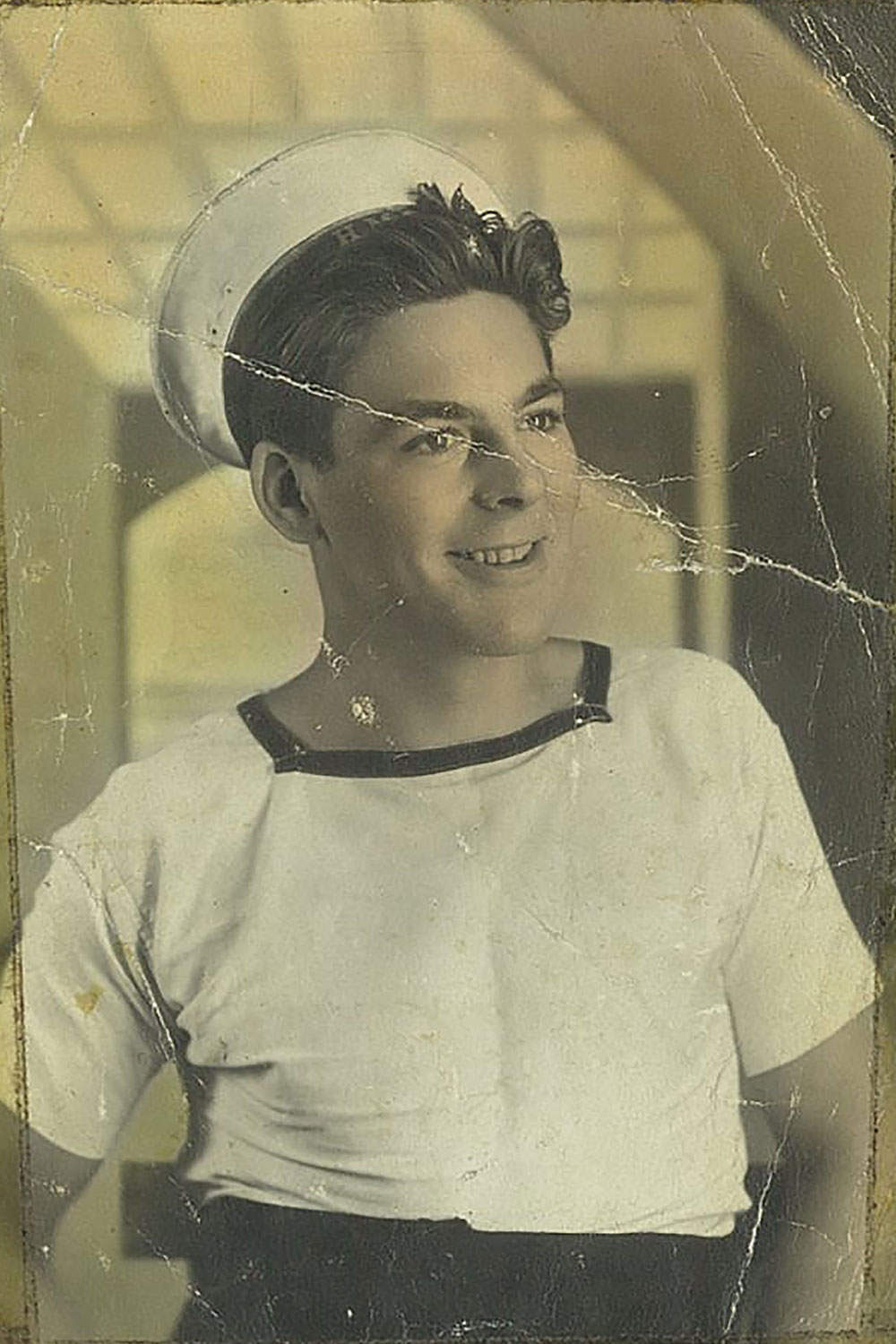Brian Twite is testament to golf being a game for life.
The English-born professional looks about 60 years of age. He is in fact 91 and has been teaching Australians how to play golf since 1955 when he was poached from Sunningdale, England, to become the head professional at Metropolitan Golf Club in Melbourne.
He still teaches three days a week at ‘Metro’ but for the past 20 years, rain, hail or shine, has driven the 100 kilometres every Thursday to the Mornington Peninsula where he holds clinics at a quaint driving range on a back road at Rye.

There is a vast difference in the social demographic of his pupils at the upmarket, Sandbelt club and the public driving range. Yet the dapper little Englishman’s affable teaching manner, spliced with tales about rubbing shoulders with most of the game’s greats over his golf journey, make him equally at home at either venue.
“Teaching golf has always been my life. What am I going to do? Sit at home and look at four brick walls all day?” he says in the soft English accent he has managed to retain despite 62 years living in Australia.
“I want to get out and help people to enjoy their golf. If I can help them in any way to do that, then I have achieved what I want to do.”
“If they come back and say, ‘Twitey, I broke my handicap last week,’ that’s great. Because teaching golf is making sure the people you coach can understand a simple message and go out on the golf course and be able to do exactly what they do on the practice fairway.”
Twite believes in keeping the golf swing as simple as possible. The key to his success is telling his pupils the same thing in four or five different ways. “You can see when someone is not understanding what you’re saying. So you tell them the same thing in a different way and suddenly they get it.”

Twite learnt his craft from the legendary Ryder Cup coach Arthur Lees and Henry Cotton, the two greatest English players in his youth.
“Arthur Lees had a simple solution. He would have you throwing 50 balls before you hit a ball, because when you throw 50 balls your arms and legs all co-ordinate together. Then he would get you to ‘throw’ a club at the ball. So the whole body movement is a continued movement of rhythm and quietness through the ball. He was one of the best coaches in England and he taught me a hell of a lot,” Twite says proudly.

They met when Twite was coaching at Sheffield Golf Club and Lees lured him to Sunningdale to become head coach. The prestigious English club boasted a 2,500 membership that included many of the world’s rich and famous. Every film starlet seemed to be a member. The ‘sexiest’ woman in the golf club was actress Glynis Johns. Sylvia Syms, who was in all the ‘Carry On’ movies, and Joan Heal also played at Sunningdale.
“So did actor Kenneth Moore. I played with them all and taught them all,” Twite says matter-of-factly. “It was very much the club for the rich and famous. Everyone came in a Rolls Royce or a Bentley.”
He often played with Moore’s good friend, the famous RAF pilot Douglas Bader, who was re-commissioned as a pilot in World War II after losing both his legs in a flying accident in 1931. Bader played off six. “He was a wonderful putter and fantastic to play with. You would not have known he was walking around on two ‘tin’ legs. He never complained.”
Twite says he will never forget letting Bader down when paired with him in a memorable match at Sunningdale. “He shot 77 and I had 72 and we lost.”
Twite says the key to his longevity has been his ability to communicate with golfers from all walks of life and viewing them in an equal manner.
“I treat everybody the same way, but when it comes to the golf swing everybody is different,” he says. “Small, tall, slim or stout, you have to have the fundamentals correct, then you can ‘invite’ them (the fundamentals) ‘into’ the people you are coaching.”

Too many people try to manufacture a swing. “A lot of the young ones (teaching professionals) today are manufacturing a swing, getting people to put the club in position, instead of swinging the club into position.
“Look at Ian Baker-Finch. He won the British Open including shooting a 64, then goes to America to try to change his swing and ruined his swing. You can always make a ‘hitter’ a ‘swinger’ but not the other way around.
“Lydia Ko had one of the best swings in the game. She wanted to hit the ball further and she’s changing her swing. Now she’s not a quarter as good as she was. She will win more tournaments but she will never get back to what she was. She was like Tiger Woods at his peak, when everybody was playing for second spot. Now all that greatness has disappeared. It’s a pity.”
Asked to pick a modern-day inspiration to the band of great youngsters at the top of the game including Fowler, Spieth, Johnson, McIlroy, Day and Scott – Twite insists another Australian stands head and shoulders above the rest. “Greg Norman has done more for Australian and overseas golf than anyone else. He is a true professional. People always say he ‘choked’. To me he did not ‘choke’, he could not play a safe shot. He went out on every golf course to tear it apart and he was capable of doing it. But sometimes he would overdo it. To me the only reason he lost those Majors was that he was too anxious to show the people how good he was.
“A player like Nick Faldo hit every shot with precision and knew within an inch where it was going to finish. Norman was our most exciting player but Peter Thomson, with five British Opens, was our most consistent. Norman von Nida was a very good player. His feisty nature was all put on. He’d throw a club to get the gallery to come and watch him.”
Players handle pressure differently, Twite says. “Lee Trevino relieved the pressure on himself by talking. Bill Dunk (the gifted Australian professional) warned him, ‘We won’t be talking today,’ before they hit off at Metro. Trevino said, ‘OK, I’ll do the talking and you do the listening.’ He was a very funny man and a great player. He always said he had best swing in the world and that everyone else swung the wrong way!”
Twite has seen many of the greats come through his pro shop and played or practised with most of them. He played his first British Open at Royal Portrush in 1951. He had shot 71 and 72 to pre-qualify but a pair of 81s meant he missed the cut by 10 shots.

“The fairways were about 20 yards wide and the rough was three feet high on both sides. I played with Eric Brown, a train driver who turned professional, and the wind was blowing a gale. After ending up in the rough on the first couple of holes Eric said to me, ‘Son, don’t fight the wind, use it.’”
In both rounds Twite had just three fewer shots on the putting surfaces than he did from tee-to green. “I was a very bad putter,” he said.
He made the cut in the Australian Open in 1967 and in a number of Victorian Opens. Twite also won the Victorian Foursomes three times. But teaching was his forte. “I would make two cuts out of six. I definitely made the right decision to teach,” he says. “I didn’t have the ability in those days, how to read a green. All the good players like Spieth and Woods know how to read a green.”
Twite says all the great putters knew how to get the ball in the hole and rarely had bad stretches with the ‘blade’.
“Trevino, Palmer, Player, Nicklaus von Nida and Dunk never had a bad year of putting. They might have had a bad day. They knew how to get the ball in the hole. Two years ago Jason Day could not miss a putt. Now he can’t get one.”
Twite says his has been a fortunate life. He has had two wonderful wives who have pre-deceased him and also has three grown-up children who “have all done well”.
“Golf has been very good to me. It’s kept me young
because I’m dealing with people every week.”
“Golf is my life and it’s given me a lifestyle. I can teach and get paid for it. I have been blessed. I am 91 years young.”




